Explanation
The source of Yongchu Falls, Mount Yeoninsan (연인산) stands at 1,068 meters above sea level and features soft terrain and beautiful scenery. Local folklore has it that those coming to the mountain wishing for true love will have their dreams come true.
The soil of Mount Yeoninsan is fertile, offering a great natural environment for a variety of flowers and trees. Numerous types of wild flowers thrive from early spring to late autumn. The trail connecting Mount Yeoninsan with mounts Myeongjisan, Cheonggyesan, and Gwimokbong remains relatively unspoiled by human influence: cooking and camping in the area is strictly forbidden. All the mountains in the trail are over 1,000 meters high. A defining feature of Mount Yeoninsan is the royal azaleas that bloom in late May. The County of Gapyeong celebrates the royal azalea by hosting the Mount Yeoninsan (Natural Ecology) Festival in May of each year.
Also ideal for hiking, Mount Yeoninsan offers a number of trails: one starts from Buk-myeon in Baekdun-ri, one from Mail-ri, and one from Yongchu Valley. With a minimum of climbing, hikers can take in a variety of scenic views, ranging from the bloom of the royal azaleas in the spring to the beauty of the changing leaves in the fall.
Inquiry
+82-31-8008-8140
Homepage
farm.gg.go.kr (Korean only)
Information Use
Experience Guide : - Forest trip along the path
- Academy for forest experience programs
- Waryeongchu Dragon of Yeoninsan Mountain
- Healing program at the old burning field
- Free-play in the forest
- Travel with the forest
Contact and Information : • 1330 Travel Hotline: +82-2-1330
(Korean, English, Japanese, Chinese)
• For more info: +82-31-8008-8140
Day off : Mondays
Hours : [Information Center]
10:00-17:00
More information
Hiking Course
* Baekdun-ri (백둔리) Course
1) Baekdun Yeoningyo bridge → Chowu (초우) rest area → Jangsu Waterfalls (장수폭포) → Somang (소망) ridge → Peak (5.14km, 3hours)
2) Baekdun Yeoningyo bridge → Chowu rest area → Jangsu hill → Jangsu ridge → Peak (6.5km, 3 .5 hours)
* Seungan-ri (승안리) Course
1) The last stop of Youngchu Bus → Official's Rest home → Kalbong (칼봉) cabin → Cheongpung (청풍) ridge → Peak (9km, 4.5 hours)
2) The last stop of Youngchu Bus → Official's Rest home → Kalbong cabin → Yeonin (연인) ridge → Peak (11.76km. 5.5 hours)
* Mail-ri (마일리) / Sangpan-ri (상판리) Wujeong (우정, friendship) ridge Course
1) The last stop of Mail-ri Bus (Guksudang, 국수당) → Wujeong hill → Wujeong ridge → Wujeongbong peak → Peak(6.15km, 3 hours)
2) Sangpan-ri → The Enterance of Jeiwon → Ridge → Helicopter pad → Peak (4.15km, 2 hours 40 mins)
Mountain Not Access Period
Seasonal Forest Fire Watches
Spring: March 2-April 30
Autumn: November 1-December 15
* Periods and areas are subject to change based on fire weather advisories, snow/precipitation levels, and other local conditions.
Restrooms
Available
Korean Info. Service
Explanation Service available at every 30 minute
* 10:00-17:00
Location
Buk-myeon, Ha-myeon, Gapyeong-eup, Gapyeong-gun, Gyeonggi-do
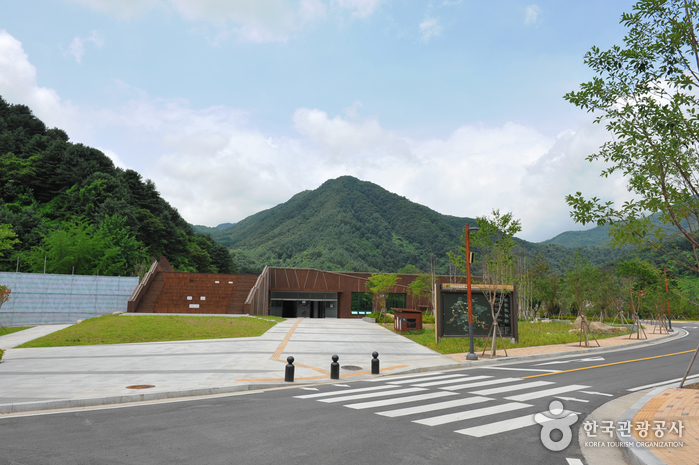
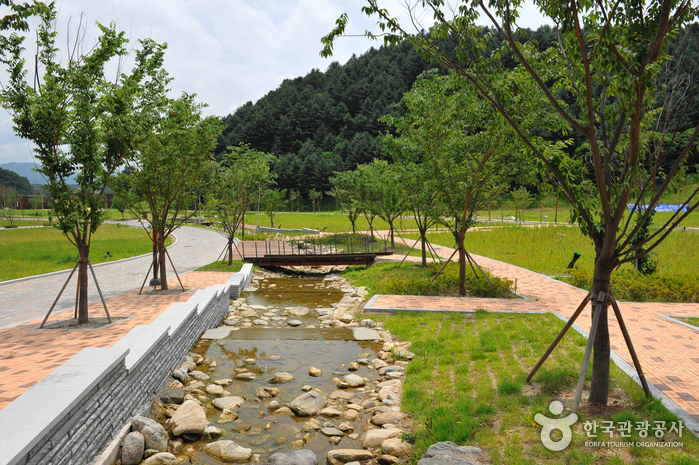
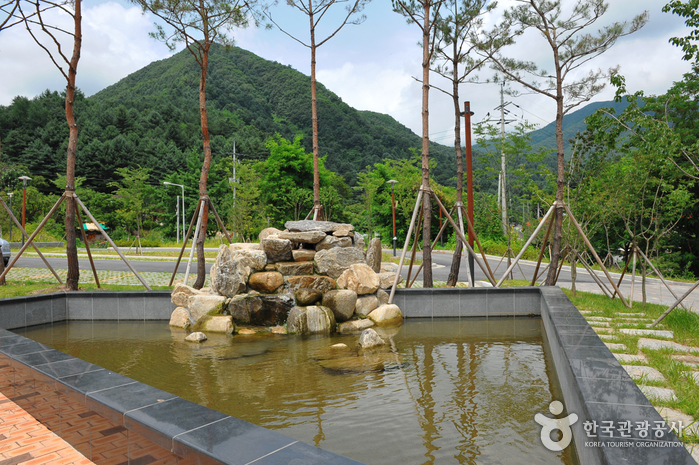

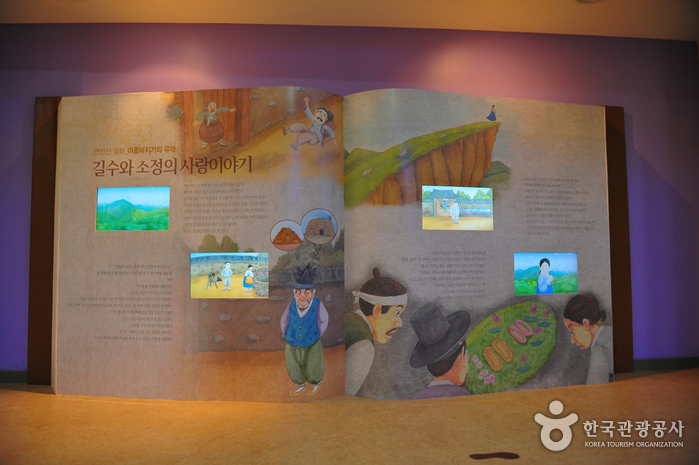
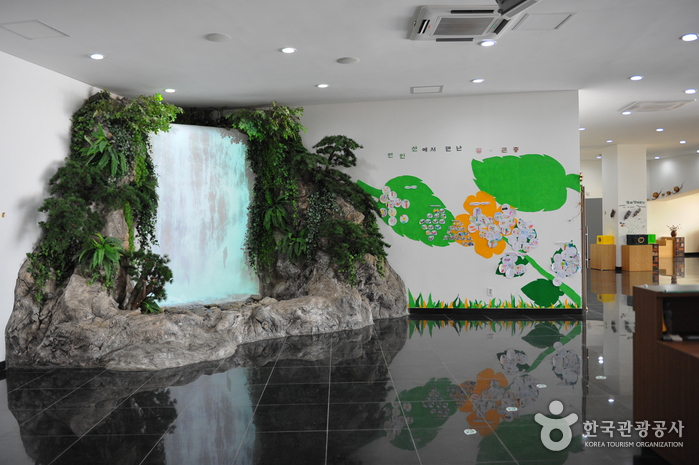
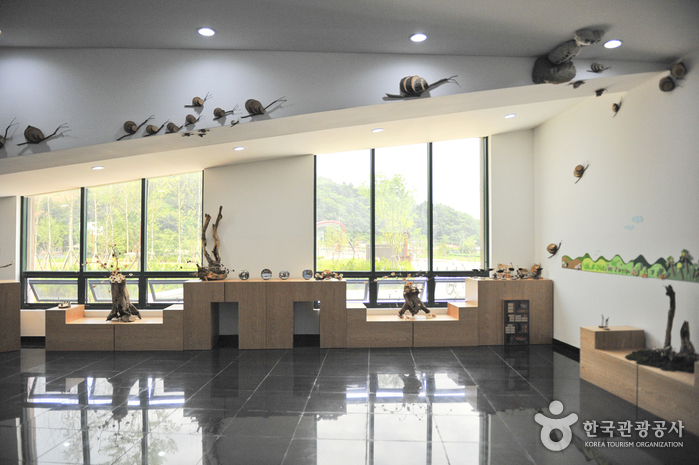
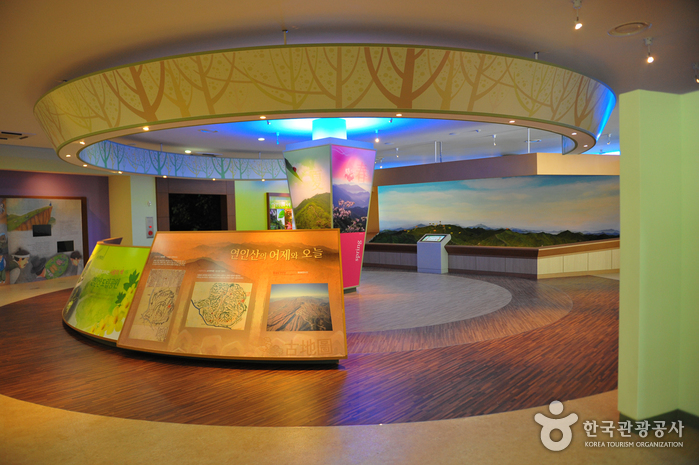

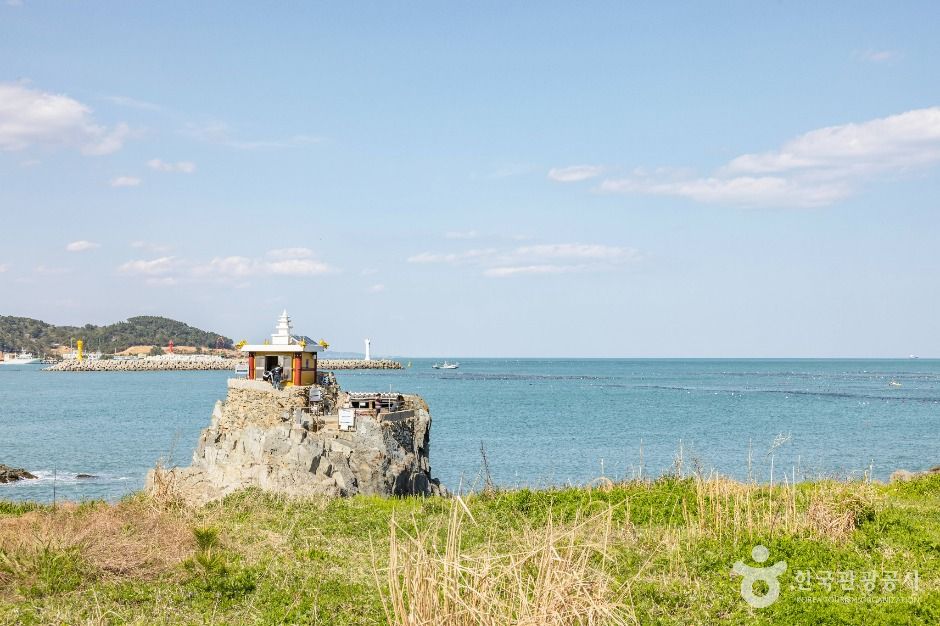
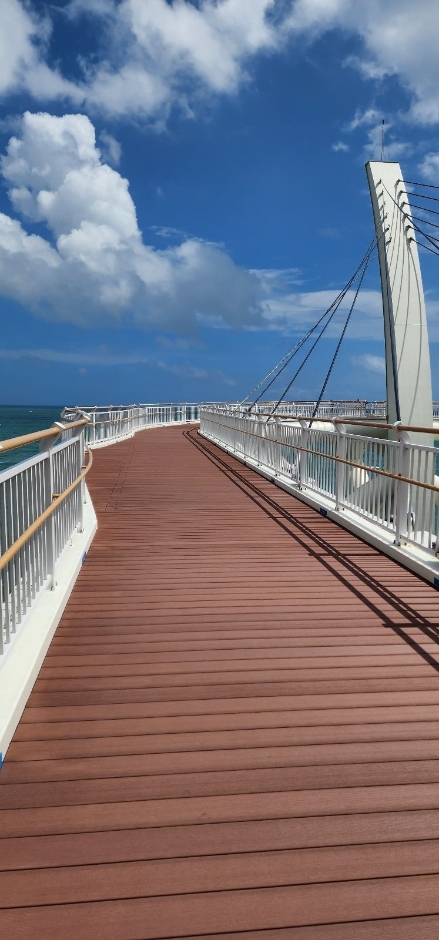
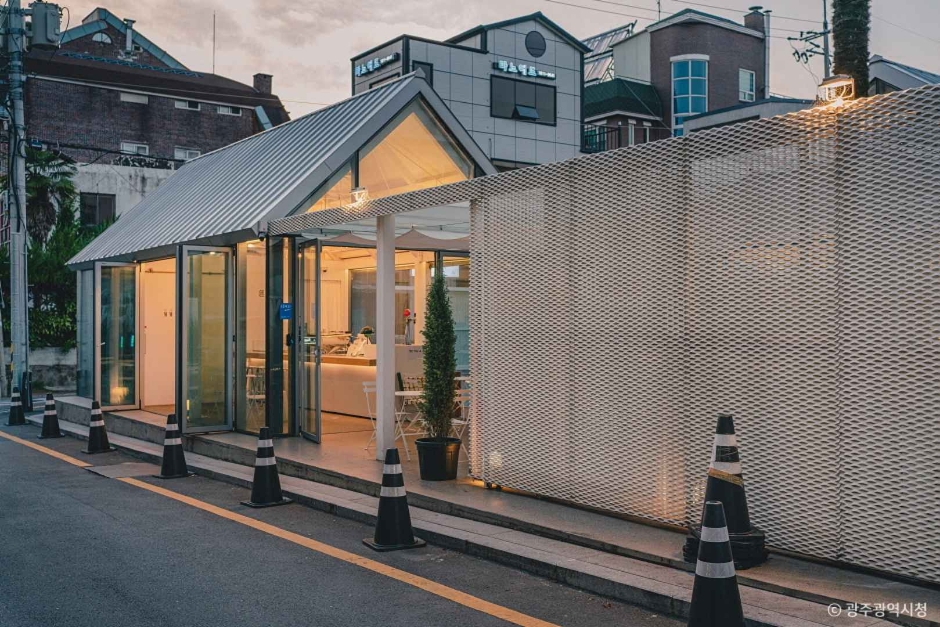
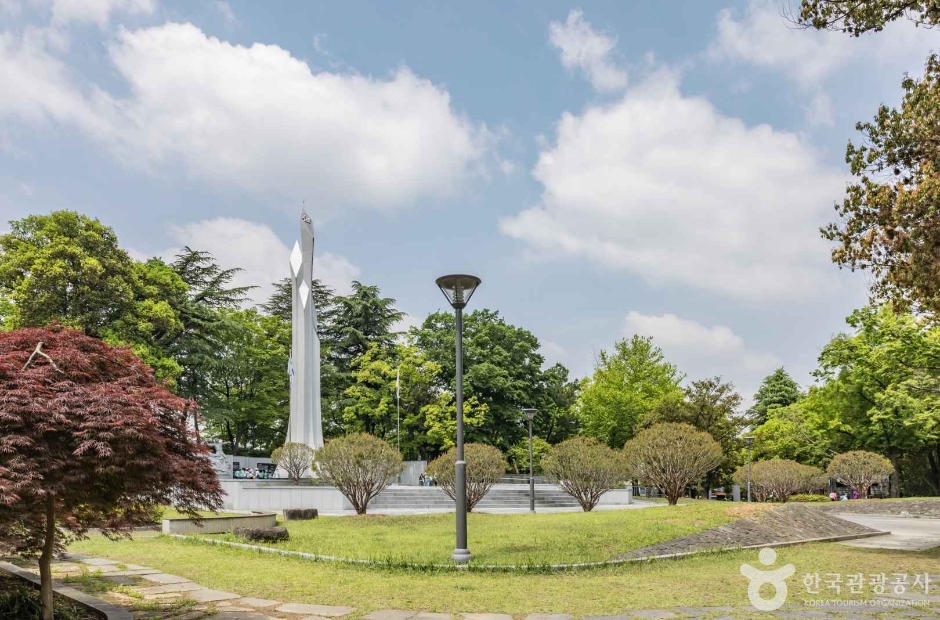
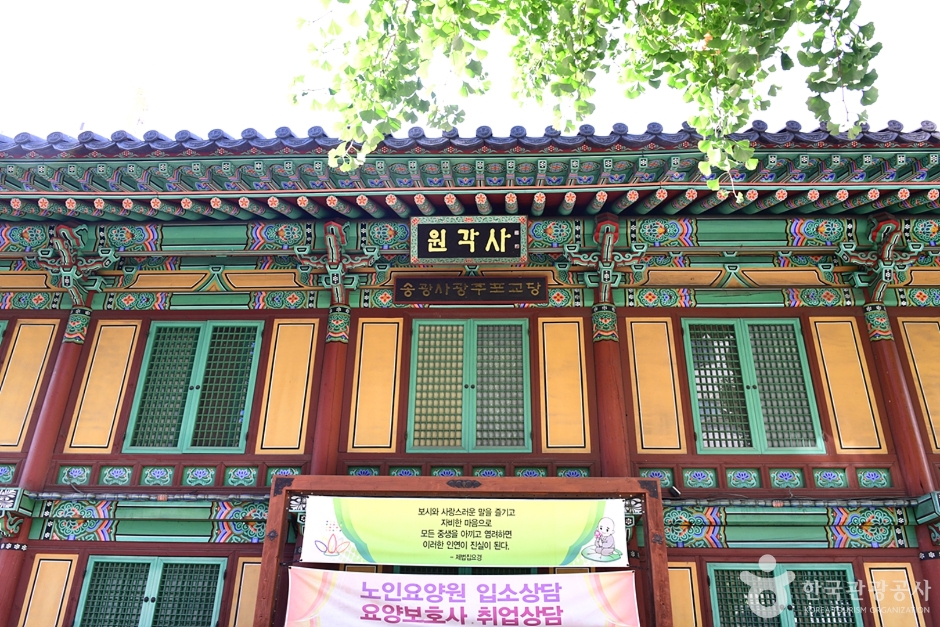
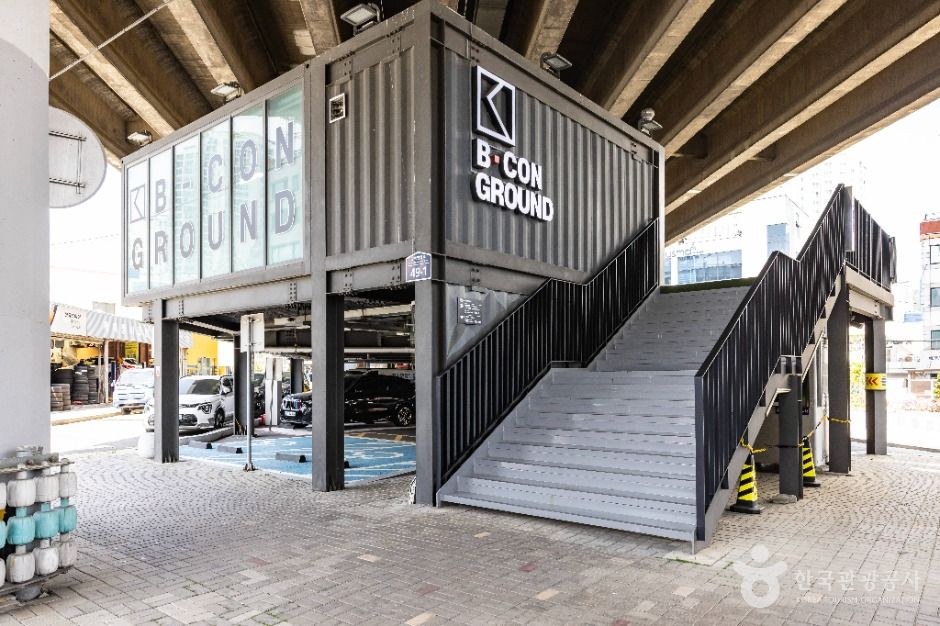

 English
English
 한국어
한국어 日本語
日本語 中文(简体)
中文(简体) Deutsch
Deutsch Français
Français Español
Español Русский
Русский